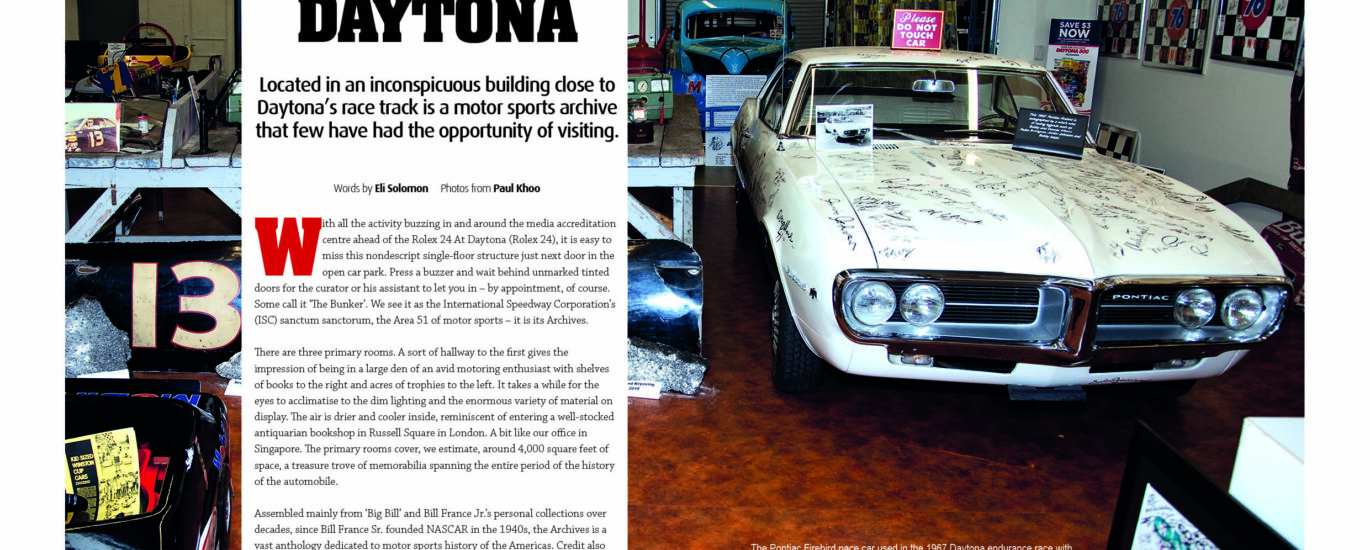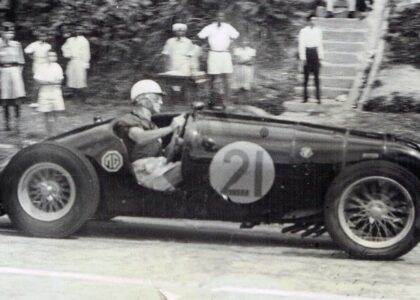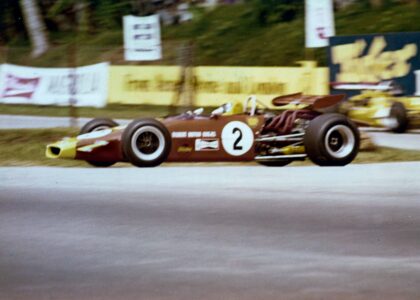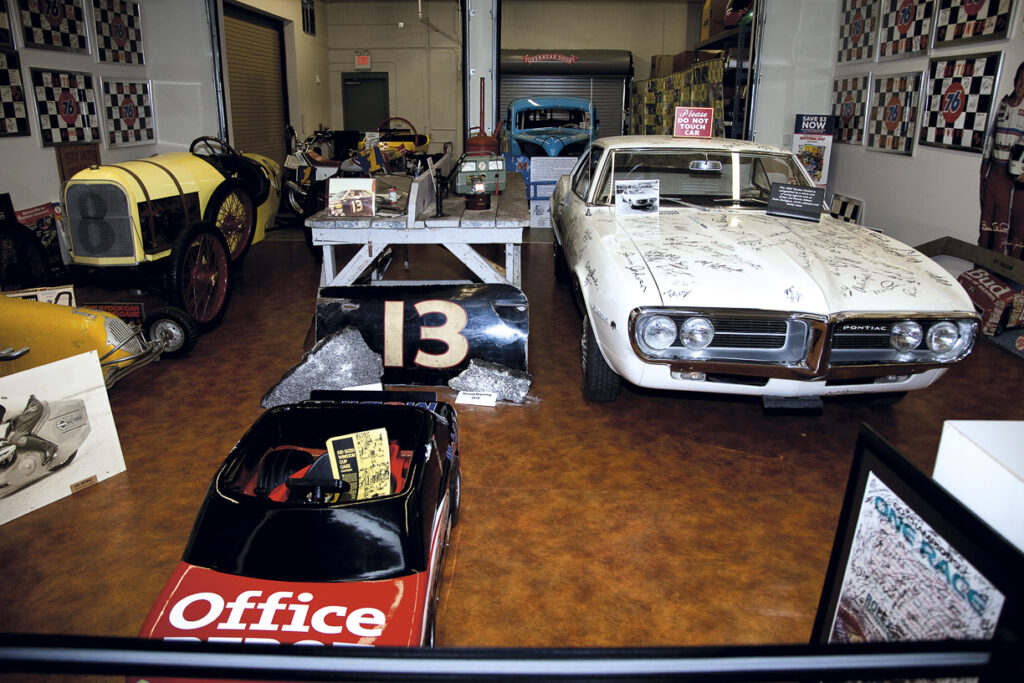
Located in an inconspicuous building close to Daytona’s race track is a motor sports archive that few have had the opportunity of visiting.
Words by Eli Solomon
Photos by Paul Khoo
With all the activity buzzing in and around the media accreditation centre ahead of the Rolex 24 At Daytona (Rolex 24), it is easy to miss this nondescript single-floor structure just next door in the open car park. Press a buzzer and wait behind unmarked tinted doors for the curator or his assistant to let you in – by appointment, of course. Some call it ‘The Bunker’. We see it as the International Speedway Corporation’s (ISC) sanctum sanctorum, the Area 51 of motor sports – it is its Archives.
There are three primary rooms. A sort of hallway to the first gives the impression of being in a large den of an avid motoring enthusiast with shelves of books to the right and acres of trophies to the left. It takes a while for the eyes to acclimatise to the dim lighting and the enormous variety of material on display. The air is drier and cooler inside, reminiscent of entering a well-stocked antiquarian bookshop in Russell Square in London. A bit like our office in Singapore. The primary rooms cover, we estimate, around 4,000 square feet of space, a treasure trove of memorabilia spanning the entire period of the history of the automobile.
Assembled mainly from ‘Big Bill’ and Bill France Jr.’s personal collections over decades, since Bill France Sr. founded NASCAR in the 1940s, the Archives is a vast anthology dedicated to motor sports history of the Americas. Credit also goes to Anne B. France, wife of Bill France Sr. and first secretary and treasurer of the ISC and NASCAR during its formative years, for establishing the Archives in 1988. Many look upon this as an unnecessary cost and undertaking. It takes a determined person with conviction to see such an enterprise through and preserve the rich history of the sport in the United States.
Given our trip was to the 50th anniversary of the Rolex 24, it would be meaningful for us to try to get the necessary access to this stronghold. Thanks to Key Partners, the Rolex public relations team, we did. A guided tour of the facilities was duly arranged, and we were graciously accommodated even though it was late afternoon and everyone was making preparations for the big Rolex 24 gala dinner. Assistant curator, Dave Westerman, sometime photographer, track announcer and writer, enthralled us with stories and answered my many questions.
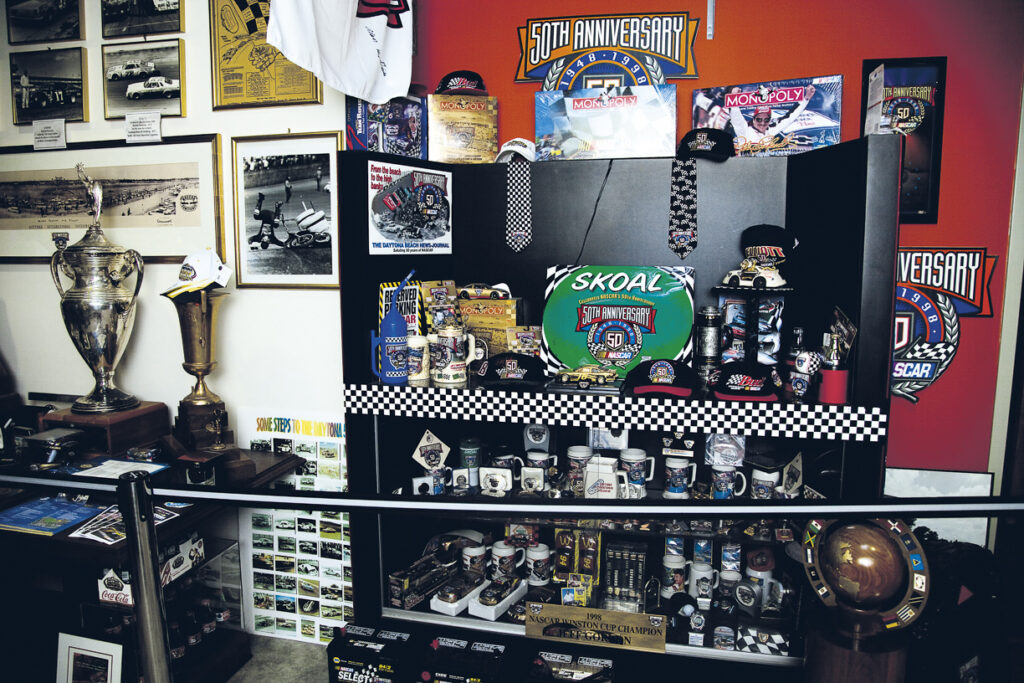
As with any good curator, Westerman is intimate with the contents of the expansive Archives. I threw him a curve ball with a query about an obscure American racer and race car builder by the name of Ford “Bud” Smith which he took a few seconds to absorb. A few strides into the ‘library’ and a drawer from the large filing cabinet was unlocked to reveal neatly-arranged folios sorted by driver name. Lo and behold, there were a few photos of “Bud” Smith at an IMSA race in 1975, but nothing on the Prototype C Sports Racer he had built in 1971 which now resides within Rewind’s climate-controlled office in Singapore (Rewind 003).
The facility’s valuable contents were initially collected and intended to be put into storage. Thankfully, this did not happen. At its present location, the third time the Archives has been moved, the whole collection is now housed under one roof.
Glass negatives, original photo prints, posters, gloves, helmets, trophies, even vehicles, grace the Archives that is divided into offices, garages, the research library and the vault. The library contains a bonanza of information, much of it out of print today – vintage race programmes, old magazines and newspaper clippings, and row upon row of books dedicated to the many faces of motor sport.
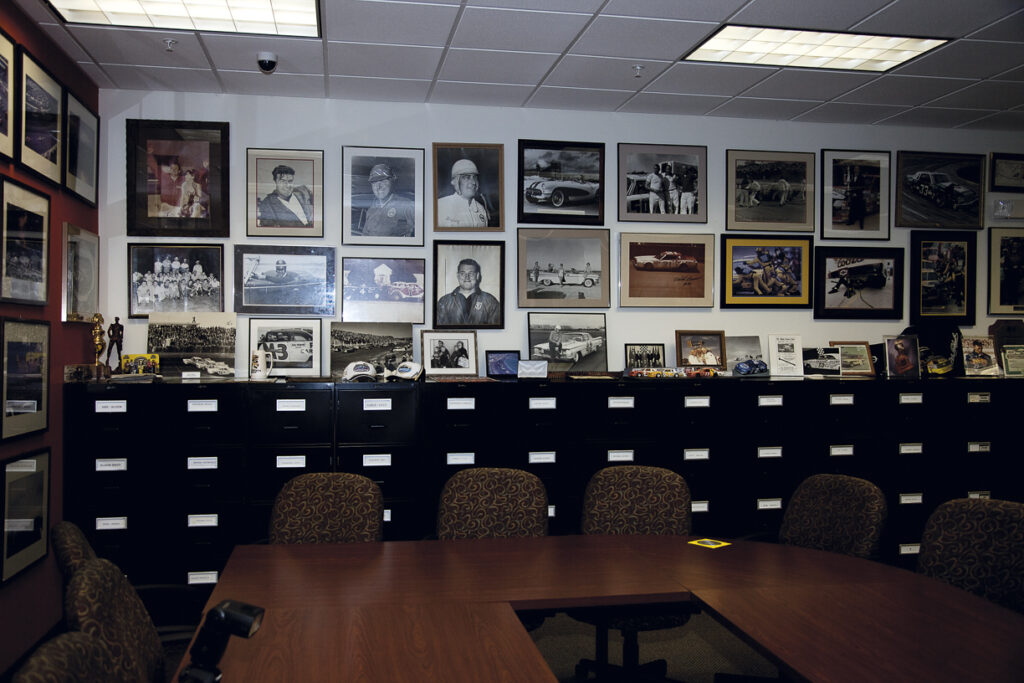
The library contains a bonanza of information, much of it out of print today.
The vault is restricted access and climate-controlled to keep the environment steady for the negatives, slides and rare photographs tucked away. Set at a constant 47% humidity, the room also has a Halon gas system for fire suppression. Westerman tells me that they are doing their best to preserve the history of the sport while at the same time creating a “working archive” with a constant flow of visitors and researchers. There is a regular VIP tour that comes through, but all else is by appointment.
“A lot of what we are trying to do involves digitising the images,” says Westerman. His role is also to “get things organised properly, catalogued and done correctly so that when somebody calls and they want a photo or information, I know where it’s at.” We ourselves are well aware of this with our own archive of race films, Grand Prix programs, trophies and photos in Singapore.
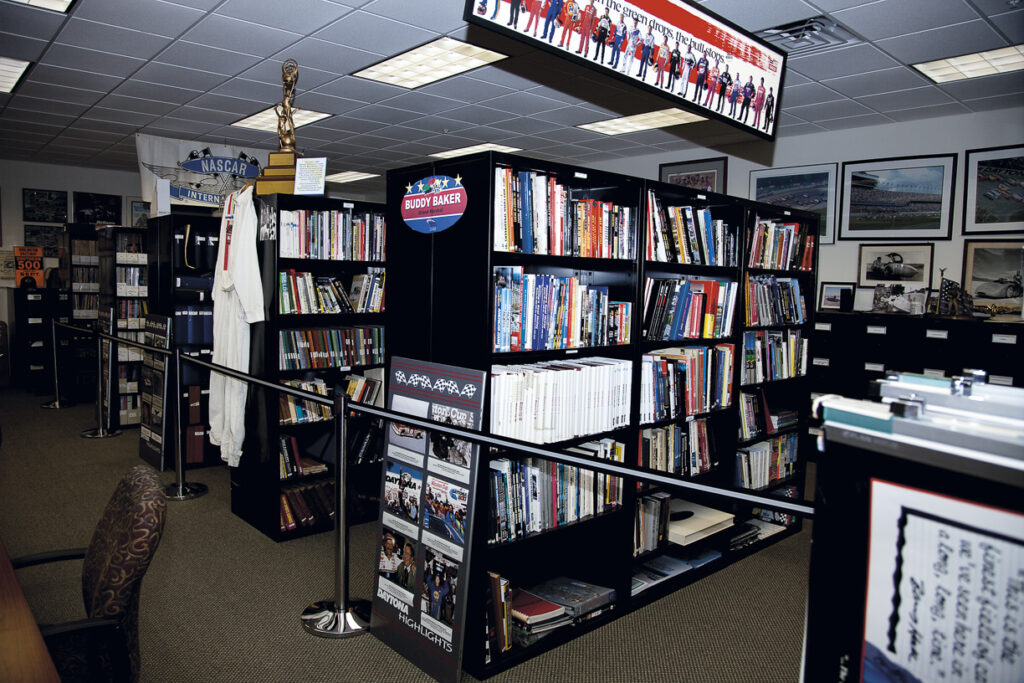
Where the Archives and we differ is that the Archives here has some merchandise on sale – rare material that is almost impossible to find elsewhere. “Some of the stuff we sell is very, very rare. It’s like the Daytona 500 program from 2008. You’d say that’s easy to get, but they sold out three hours before the race began. The only ones in existence are here, expect for the ones on eBay going for USD300-500. We have to sell them at USD50 here, but it’s a lot cheaper than paying USD500 for one,” Westerman tells me.
I home in on a particular sheathed pamphlet, one that was referred to in Karen Cooper’s article, “Speeding Bullets”, in a previous issue of our magazine (Rewind 009). “We have some little books here that are equally rare. That tiny book, Speed on Sand, Bill Tuthill’s book from 1969, it’s all just about the racing on the beach. We sell it for USD5 and a lot of people pick it up.” I put two copies into my pile that includes Bill France Jr’s biography and various other sundries.
It has been a long day at the circuit and we have to refresh ourselves for the Rolex dinner tonight. As we prepare to step out of ‘The Bunker’, a bundle of programs and books under my arms, I am both ecstatic and guardedly optimistic. Ecstatic that we found some very interesting content for our collection, and hopeful that we in Asia will have the disposition to preserve its own vast and rich motor sport history, and in time approach what Chief Curator Eddie Roche and Westerman continue to build up in Daytona.

